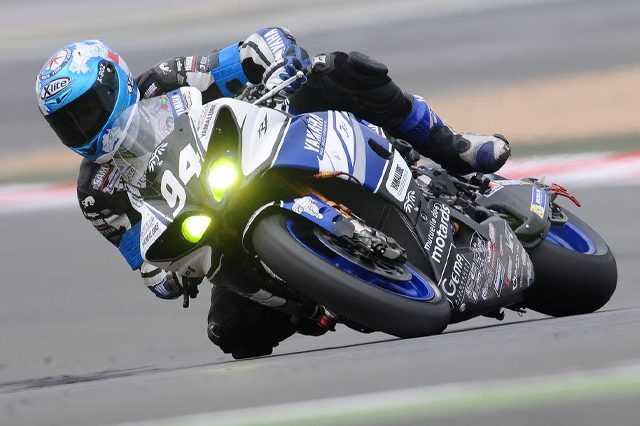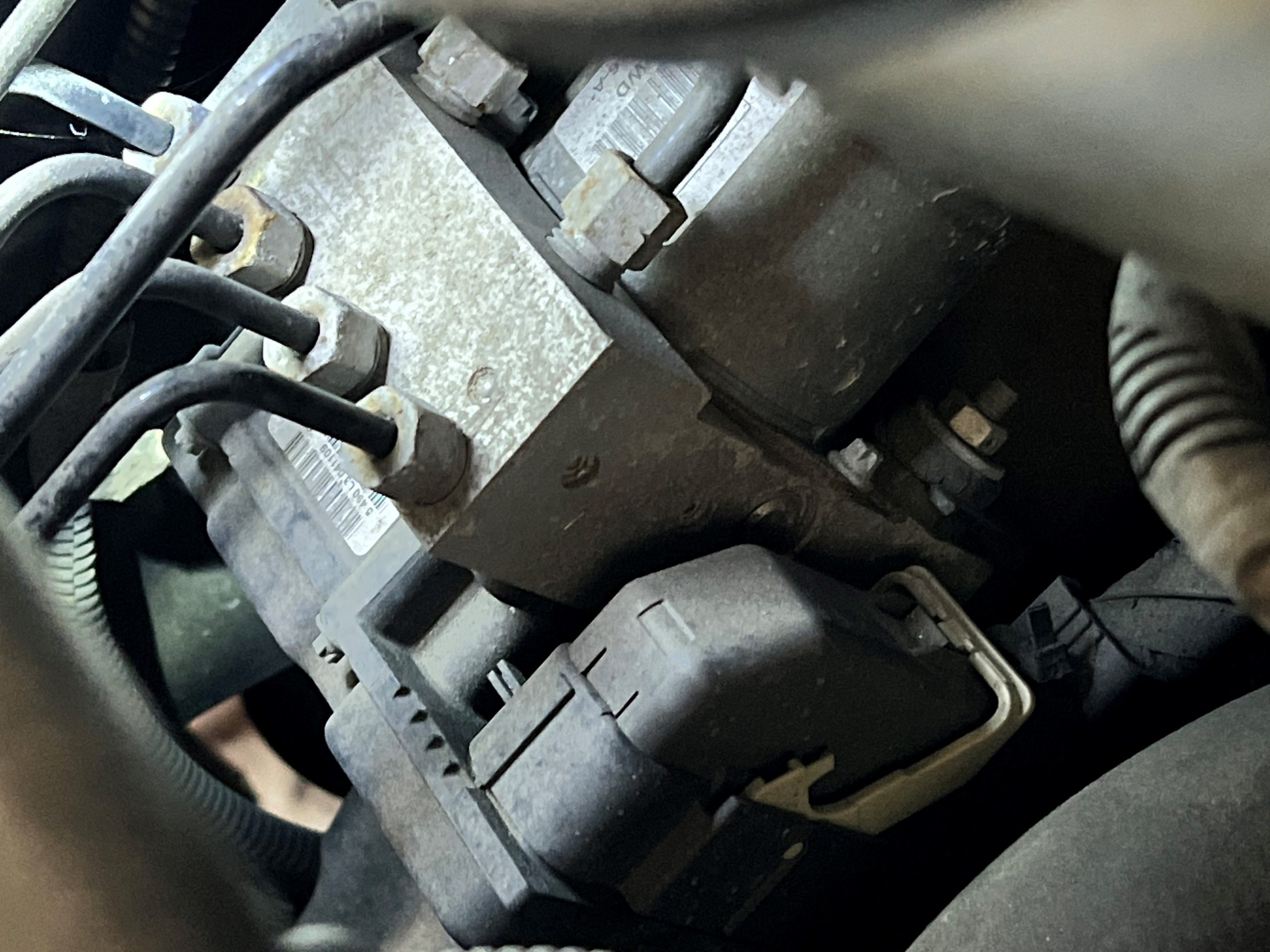The helmet is the only element that is mandatory to drive a motorcycle. However, it must be taken into account that there are no official requirements that, by means of a legal norm, state the minimum characteristics that it must have. This means that motorcycle riders have great freedom to choose between different options.

Depending on the use you are going to give the motorcycle, it is important that you take into account the characteristics and risks of the activity. For example, a full face helmet has little to do with those focused on practicing off road sports. All this leads to doubts about the model to choose. For this reason, throughout this article we are going to explain how to choose the right motorcycle helmet.
When a person has just started to ride a motorcycle, when the moped license or motorcycle license has just been released, it is very possible that they do not know where to start. Through this guide we will explain everything you need to know to make a good choice.
Types of motorcycle helmets
The style of riding and the motorcycle that is ridden have a lot to do with the choice of a motorcycle helmet. Among the main helmets on the market are the following five:
Calimero helmets
The ’Calimero’ helmets are those that comply with the minimum in terms of safety. In fact, this is very low and the protection is scarce, since its shell barely covers 50% of the upper part of the head and leaves the face uncovered. The nape, neck and jaw are also free of protection.
Its use is not recommended, unless it is to be used on mopeds, in urban areas and at very low speeds.
Jet type helmet
These are the most popular among all those riders who ride a moderately powerful scooter in urban areas. These protect the neck, ears and head, but not the jaw.
As a general rule, they tend to have screens and visors, which means that the face can be partially protected. It can be used at speeds and short distances, not being recommended for long trips.
Modular helmets
Modular helmets can offer greater safety than the previous ones, but you must make sure, as in all other cases, that it is an approved helmet.
Its main feature is that the shell is articulable, so the pile area can be raised and lowered as needed or desired at any time. This is a good option for those who don’t want to constantly take their helmet off and on.
It has a level of protection similar to that of the full-face helmet that we will discuss below, except that being made in two parts, in the event of an accident, the lower part could break and the chin and jaw could be exposed.
Full helmet
Full-face helmets are the safest models that exist today. It has a shell that is made up of a single piece, which makes it protect the chin, neck, ears and jaw. You can use it on all types of routes and with any medium or high power motorcycle.
However, it is especially focused on racing, trail, touring, naked, custom and café racer motorcycles.
Off Road Helmets
Off Road helmets have a different aesthetic, but also some special features. In this case they are not suitable for use on the road or in the city; and they are mainly focused on being used by professionals and amateurs of off-road sports, such as endure, trial or motocross.
They are usually integral and have some particular characteristics such as their lightness, a pronounced, very airy chin guard, they do not have a screen and they have a visor.
Aspects to consider when choosing the right motorcycle helmet
To choose a suitable motorcycle helmet there are several aspects to take into account, such as the following:
Motorcycle and riding style
First of all, you must bear in mind that the choice must be made based on the motorcycle you are using and also on your own riding style. According to this, you can select the most suitable of the types that we have indicated.
Suitable size
One of the most important moments when buying a motorcycle helmet is choosing the right size. This is very important since up to 20% of cases are fired after an accident due to a wrong choice of size.
The key in this sense is to measure the perimeter of the head at the height of the forehead; and above the eyebrows. Thanks to this measure you will be able to buy with the size guide of the brand and the model that you have decided to choose.
Key concepts
Some key concepts for your appropriate choice are:
- Aerodynamics: This is a factor to take into account if you are going to drive on the road, at high speeds. In this way you will avoid cervical discomfort and other problems.
- Weight: The heavier a helmet is, the less impact it will have in the event of a hit to the ground, which is why it is an aspect to take into account.
- Ventilation: Ventilation provides extra comfort for the rider, especially on long journeys or when practicing off-road sports. They help renew the interior air and make the head cooler. Ergonomics, thanks to it is greater.
- Noise: A noisy helmet can be a big problem, especially because of the inconvenience it can cause on a very long journey. Therefore, it is preferable to opt for those that generate less noise. Usually they will be whole grains. In any case, there is none that completely isolates, in part because it has to offer the possibility of listening to possible sound signals that warn of some danger.















